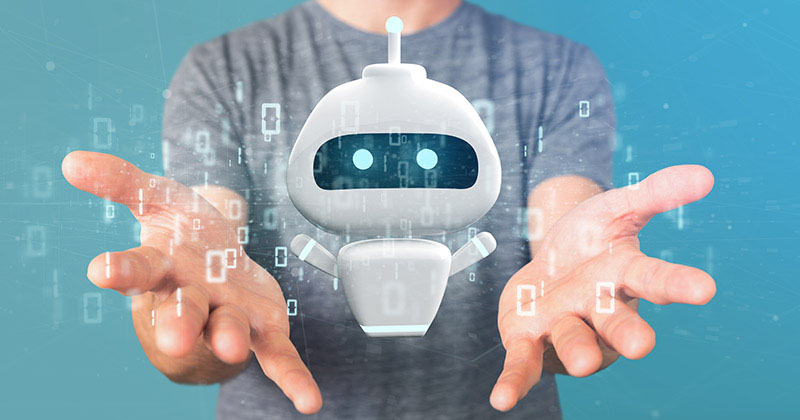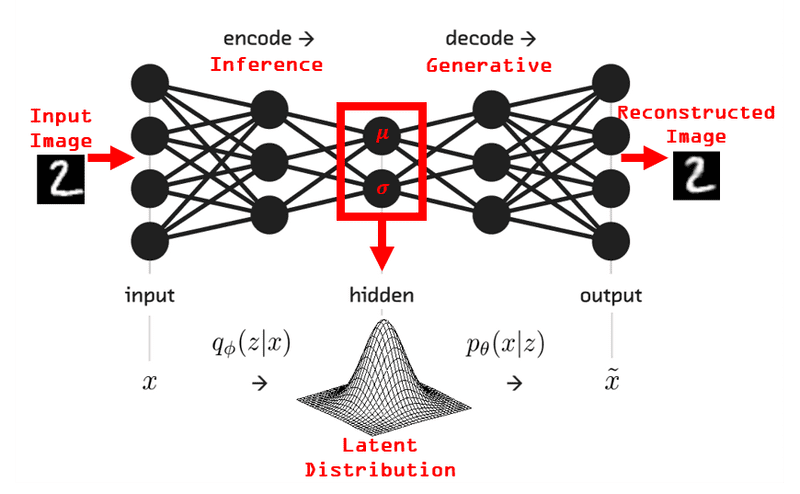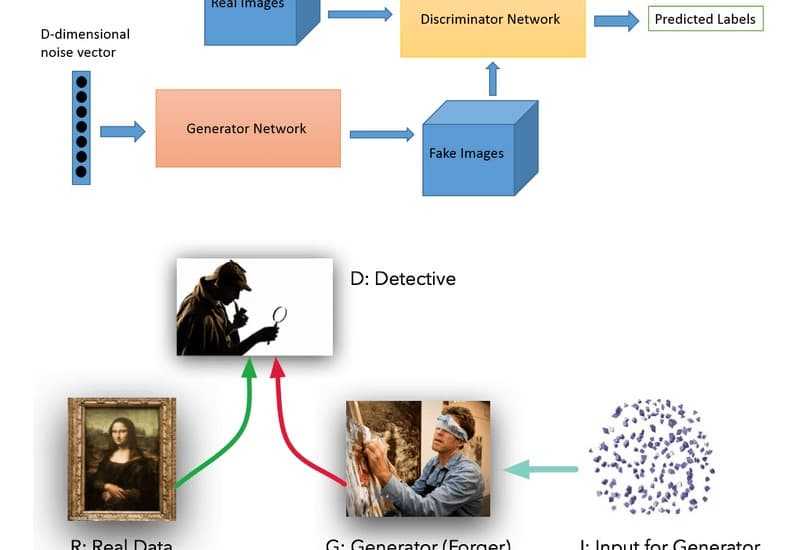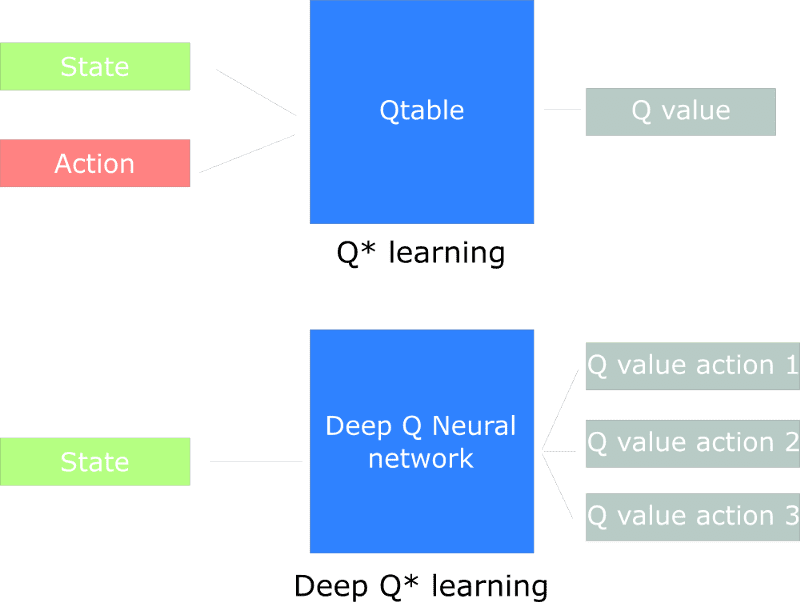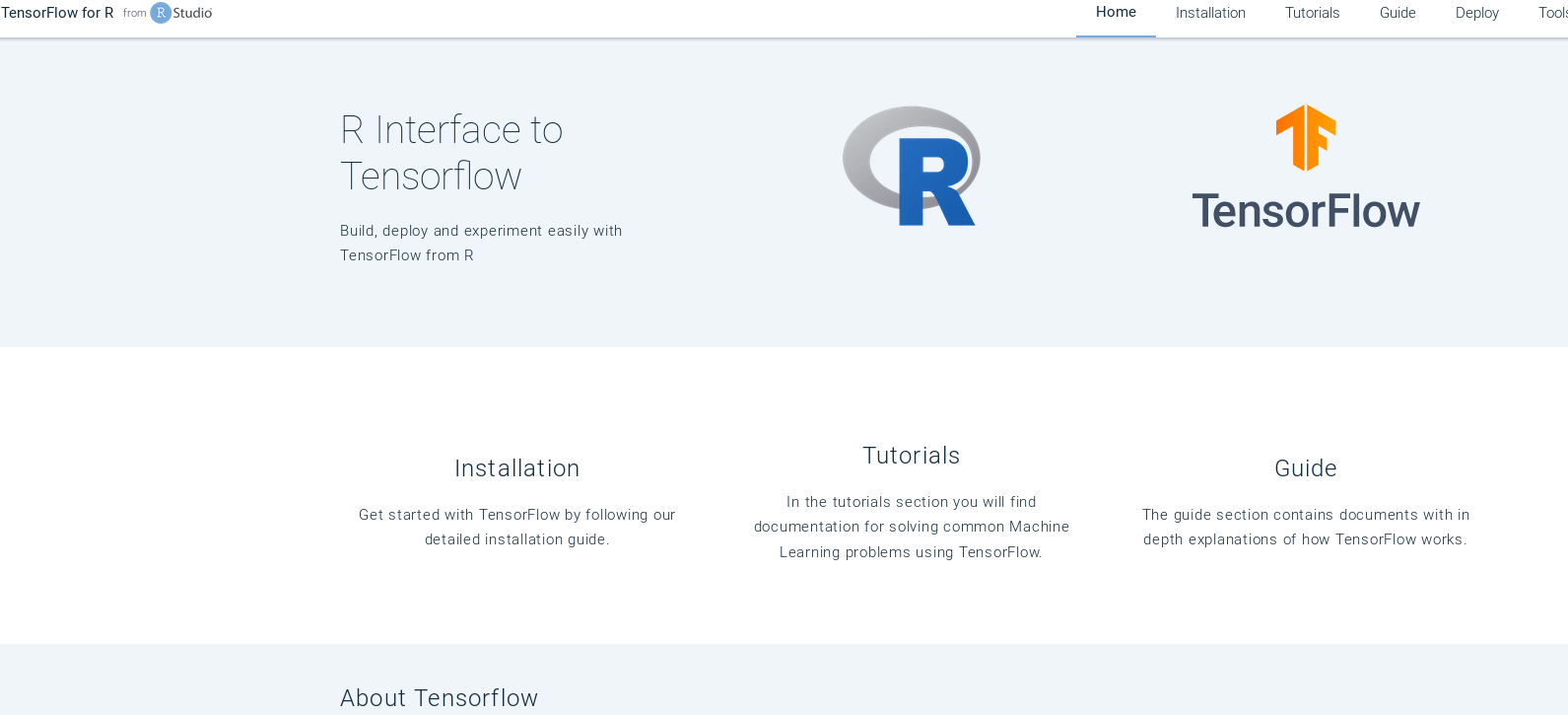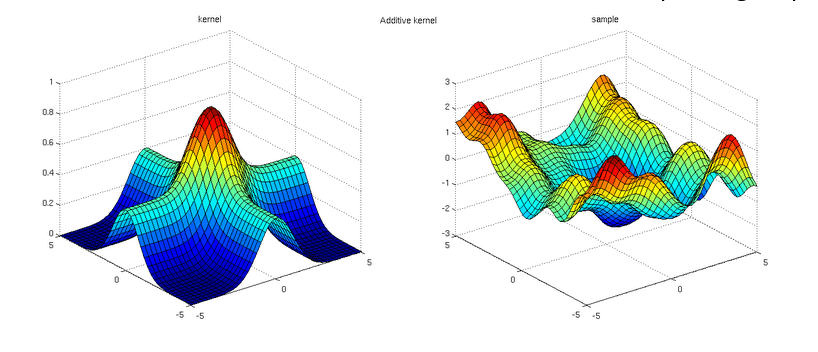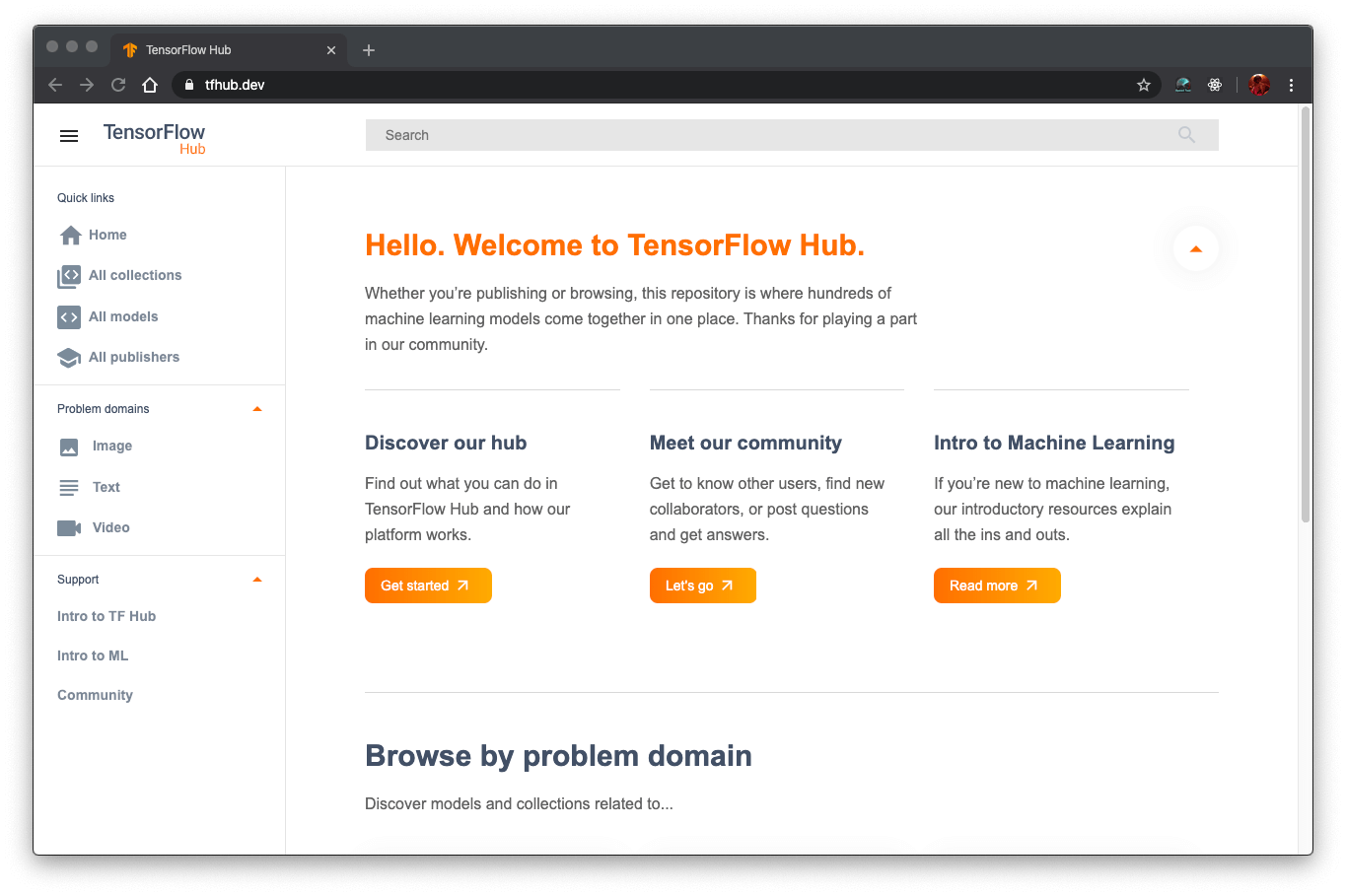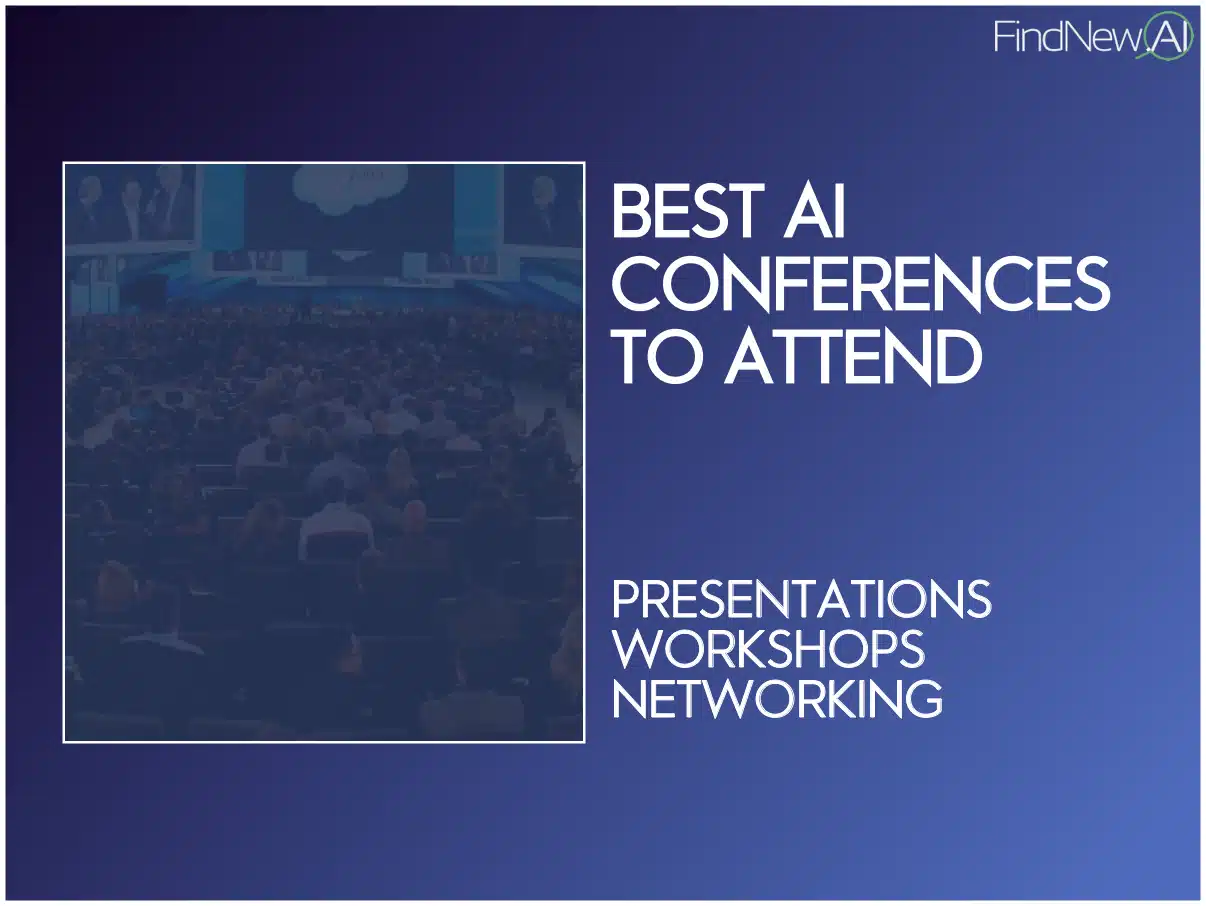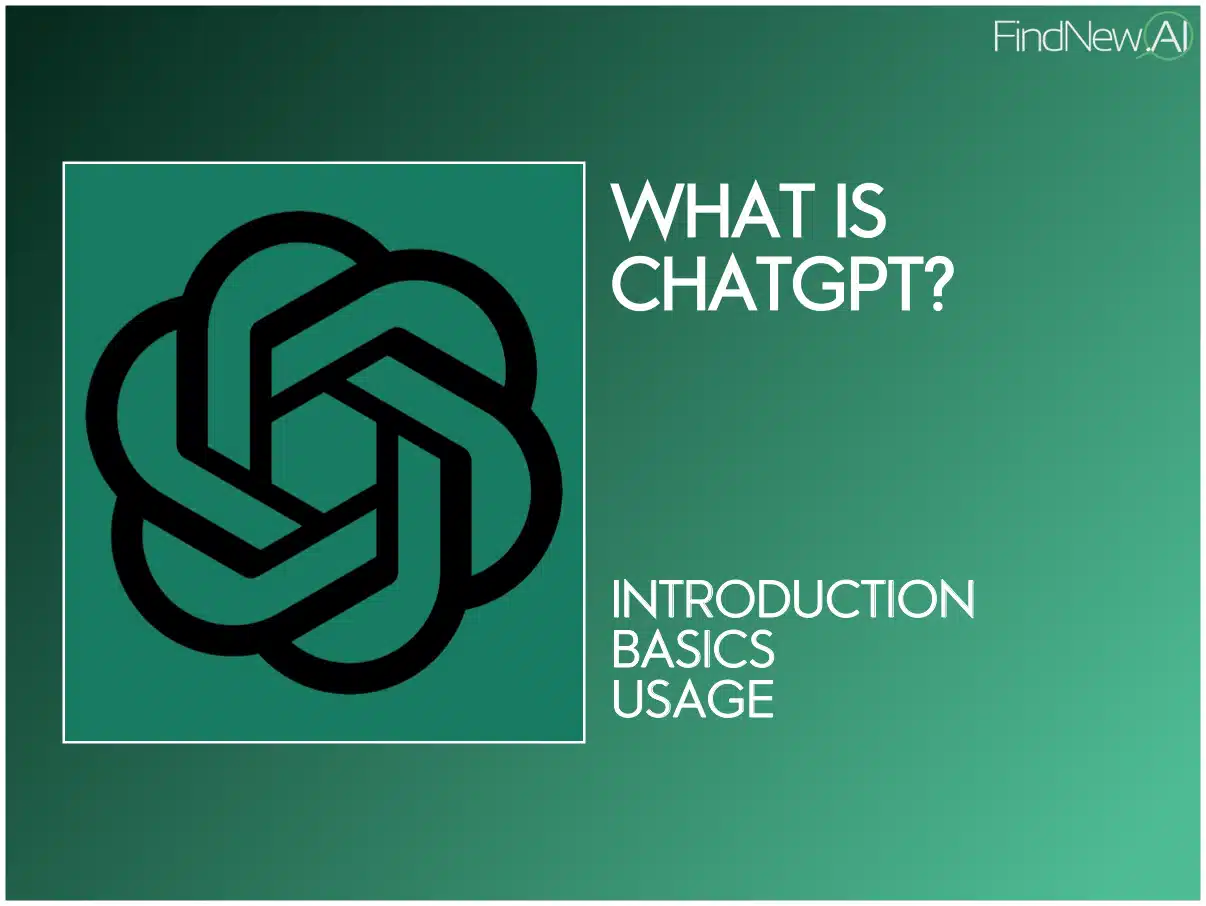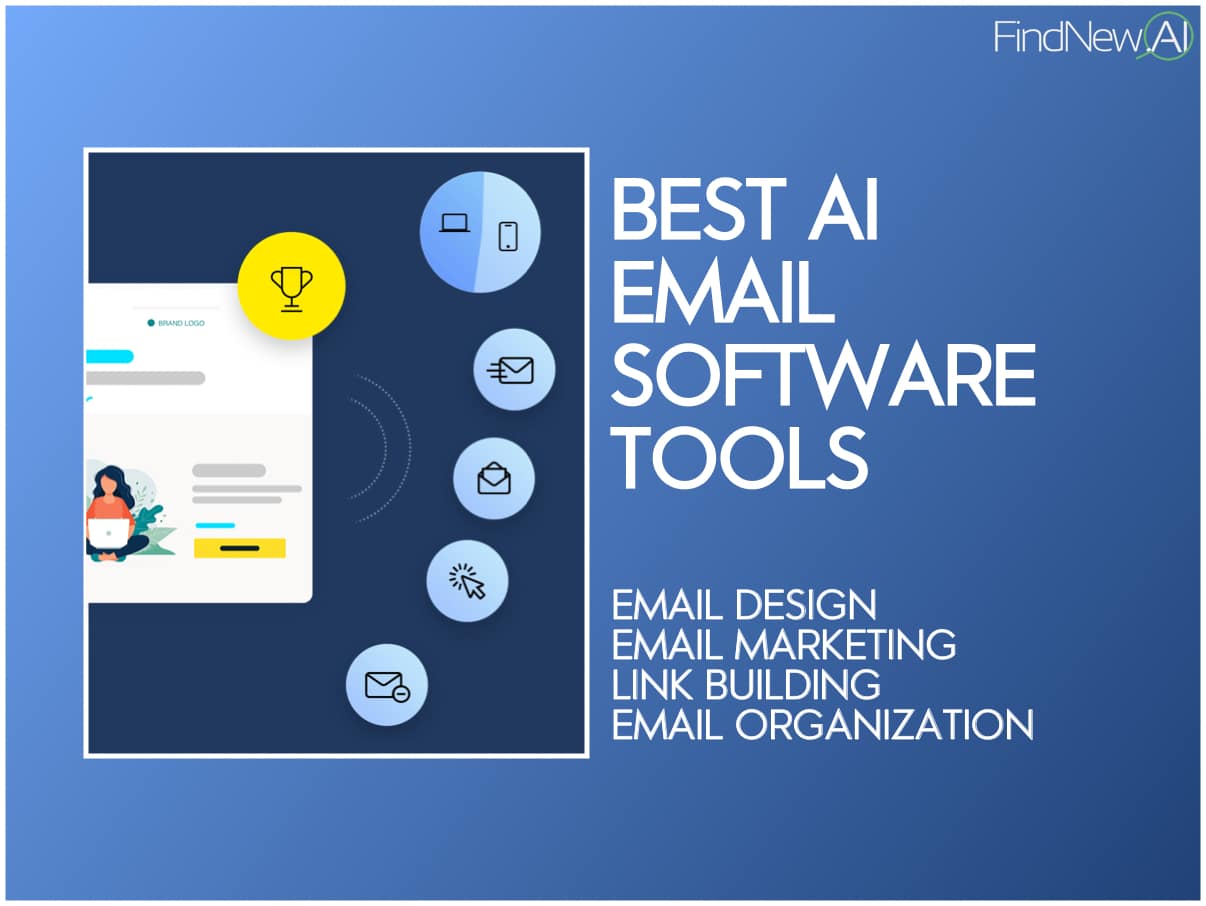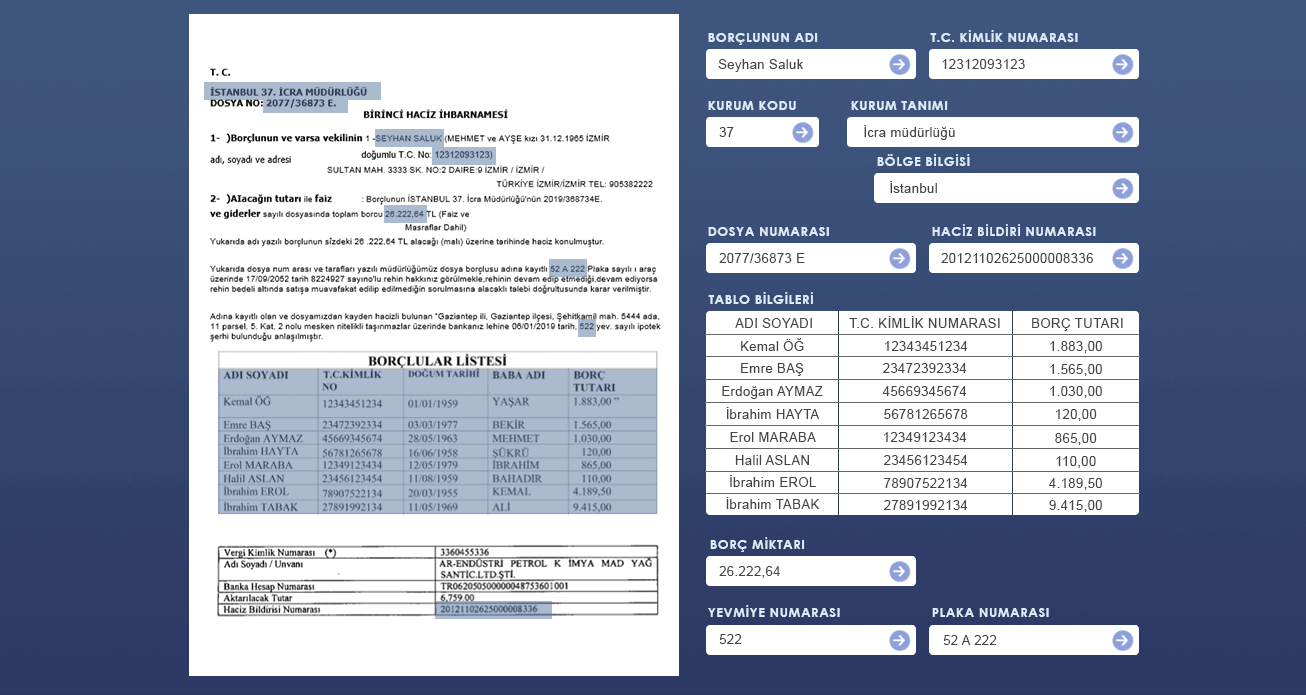Bringing AI Home: The Rise of Local LLMs and Their Impact on Data Privacy
Artificial intelligence is no longer confined to massive data centers or cloud-based platforms run by tech giants. In recent years, something remarkable has been happening—AI is coming home. Local large language models (LLMs), the same types of AI tools that power chatbots, content creators, and code assistants, are being downloaded and run directly on personal […] The post Bringing AI Home: The Rise of Local LLMs and Their Impact on Data Privacy appeared first on Unite.AI.


Artificial intelligence is no longer confined to massive data centers or cloud-based platforms run by tech giants. In recent years, something remarkable has been happening—AI is coming home. Local large language models (LLMs), the same types of AI tools that power chatbots, content creators, and code assistants, are being downloaded and run directly on personal devices. And this shift is doing more than just democratizing access to powerful technology—it’s setting the stage for a new era in data privacy.
The appeal of local LLMs is easy to grasp. Imagine being able to use a chatbot as smart as GPT-4.5, but without sending your queries to a remote server. Or crafting content, summarizing documents, and generating code without worrying that your prompts are being stored, analyzed, or monetized. With local LLMs, users can enjoy the capabilities of advanced AI models while keeping their data firmly under their control.
Why Are Local LLMs on the Rise?
For years, using powerful AI models meant relying on APIs or platforms hosted by OpenAI, Google, Anthropic, and other industry leaders. That approach worked well for casual users and enterprise clients alike. But it also came with trade-offs: latency issues, usage limitations, and, perhaps most importantly, concerns about how data was being handled.
Then came the open-source movement. Organizations like EleutherAI, Hugging Face, Stability AI, and Meta began releasing increasingly powerful models with permissive licenses. Soon, projects like LLaMA, Mistral, and Phi started making waves, giving developers and researchers access to cutting-edge models that could be fine-tuned or deployed locally. Tools like llama.cpp and Ollama made it easier than ever to run these models efficiently on consumer-grade hardware.
The rise of Apple Silicon, with its powerful M-series chips, and the increasing affordability of high-performance GPUs further accelerated this trend. Now, enthusiasts, researchers, and privacy-focused users are running 7B, 13B, or even 70B parameter models from the comfort of their home setups.
Local LLMs and the New Privacy Paradigm
One of the biggest advantages of local LLMs is the way they reshape the conversation around data privacy. When you interact with a cloud-based model, your data has to go somewhere. It travels across the internet, lands on a server, and may be logged, cached, or used to improve future iterations of the model. Even if the company says it deletes data quickly or doesn’t store it long-term, you’re still operating on trust.
Running models locally changes that. Your prompts never leave your device. Your data isn’t shared, stored, or sent to a third party. This is especially critical in contexts where confidentiality is paramount—think lawyers drafting sensitive documents, therapists maintaining client privacy, or journalists protecting their sources.
Coupled with the fact that even the most powerful home rigs can’t run versatile 400B models or MoE LLMs, this further emphasizes the need for highly specialized, fine-tuned local models for specific purposes and niches.
It also gives users peace of mind. You don’t need to second-guess whether your questions are being logged or your content is being reviewed. You control the model, you control the context, and you control the output.
Local LLM Use Cases Flourishing at Home
Local LLMs aren’t just a novelty. They’re being put to serious use across a wide range of domains—and in each case, the local execution brings tangible, often game-changing benefits:
- Content creation: Local LLMs allow creators to work with sensitive documents, brand messaging strategies, or unreleased materials without risk of cloud leaks or vendor-side data harvesting. Real-time editing, idea generation, and tone adjustment happen on-device, making iteration faster and more secure.
- Programming assistance: Both engineers and software developers working with proprietary algorithms, internal libraries, or confidential architecture can use local LLMs to generate functions, detect vulnerabilities, or refactor legacy code without pinging third-party APIs. The result? Reduced exposure of IP and a safer dev loop.
- Language learning: Offline language models help learners simulate immersive experiences—translating slang, correcting grammar, and conducting fluent conversations—without relying on cloud platforms that might log interactions. Perfect for learners in restrictive countries or those who want full control over their learning data.
- Personal productivity: From summarizing PDFs filled with financial records to auto-generating emails containing private client information, local LLMs offer tailored assistance while keeping every byte of content on the user’s machine. This unlocks productivity without ever trading confidentiality.
Some users are even building custom workflows. They’re chaining local models together, combining voice input, document parsing, and data visualization tools to build personalized copilots. This level of customization is only possible when users have full access to the underlying system.
The Challenges Still Standing
That said, local LLMs aren’t without limitations. Running large models locally requires a beefy setup. While some optimizations help shrink memory usage, most consumer laptops can’t comfortably run 13B+ models without serious trade-offs in speed or context length.
There are also challenges around versioning and model management. Imagine an insurance company using local LLMs to offer van insurance to customers. It might be ‘safer,’ but all integrations and fine-tuning have to be done manually, while a ready-made solution has the necessities ready out of the box, as it already has insurance information, market overviews and everything else as part of its training data.
Then there’s the matter of inference speed. Even on powerful setups, local inference is typically slower than API calls to optimized, high-performance cloud backends. This makes local LLMs better suited for users who prioritize privacy over speed or scale.
Still, the progress in optimization is impressive. Quantized models, 4-bit and 8-bit variants, and emerging architectures are steadily reducing the resource gap. And as hardware continues to improve, more users will find local LLMs practical.
Local AI, Global Implications
The implications of this shift go beyond individual convenience. Local LLMs are part of a broader decentralization movement that’s changing how we interact with technology. Instead of outsourcing intelligence to remote servers, users are reclaiming computational autonomy. This has huge ramifications for data sovereignty, especially in countries with strict privacy regulations or limited cloud infrastructure.
It’s also a step toward AI democratization. Not everyone has the budget for premium API subscriptions, and with local LLMs, businesses can run their own surveillance, banks can become impervious to hackers and social media sites can be bulletproof. Not to mention, this opens the door for grassroots innovation, educational use, and experimentation without red tape.
Of course, not all use cases can or should move local. Enterprise-scale workloads, real-time collaboration, and high-throughput applications will still benefit from centralized infrastructure. But the rise of local LLMs gives users more choice. They can decide when and how their data is shared.
Final Thoughts
We’re still in the early days of local AI. Most users are only just discovering what’s possible. But the momentum is real. Developer communities are growing, open-source ecosystems are thriving, and companies are beginning to take notice.
Some startups are even building hybrid models—local-first tools that sync to the cloud only when necessary. Others are building entire platforms around local inference. And major chipmakers are optimizing their products to cater specifically to AI workloads.
This whole shift doesn’t just change how we use AI—it changes our relationship with it. In the end, local LLMs are more than just a technical curiosity. They represent a philosophical pivot. One where privacy isn’t sacrificed for convenience. One where users don’t have to trade autonomy for intelligence. AI is coming home, and it’s bringing a new era of digital self-reliance with it.
The post Bringing AI Home: The Rise of Local LLMs and Their Impact on Data Privacy appeared first on Unite.AI.





























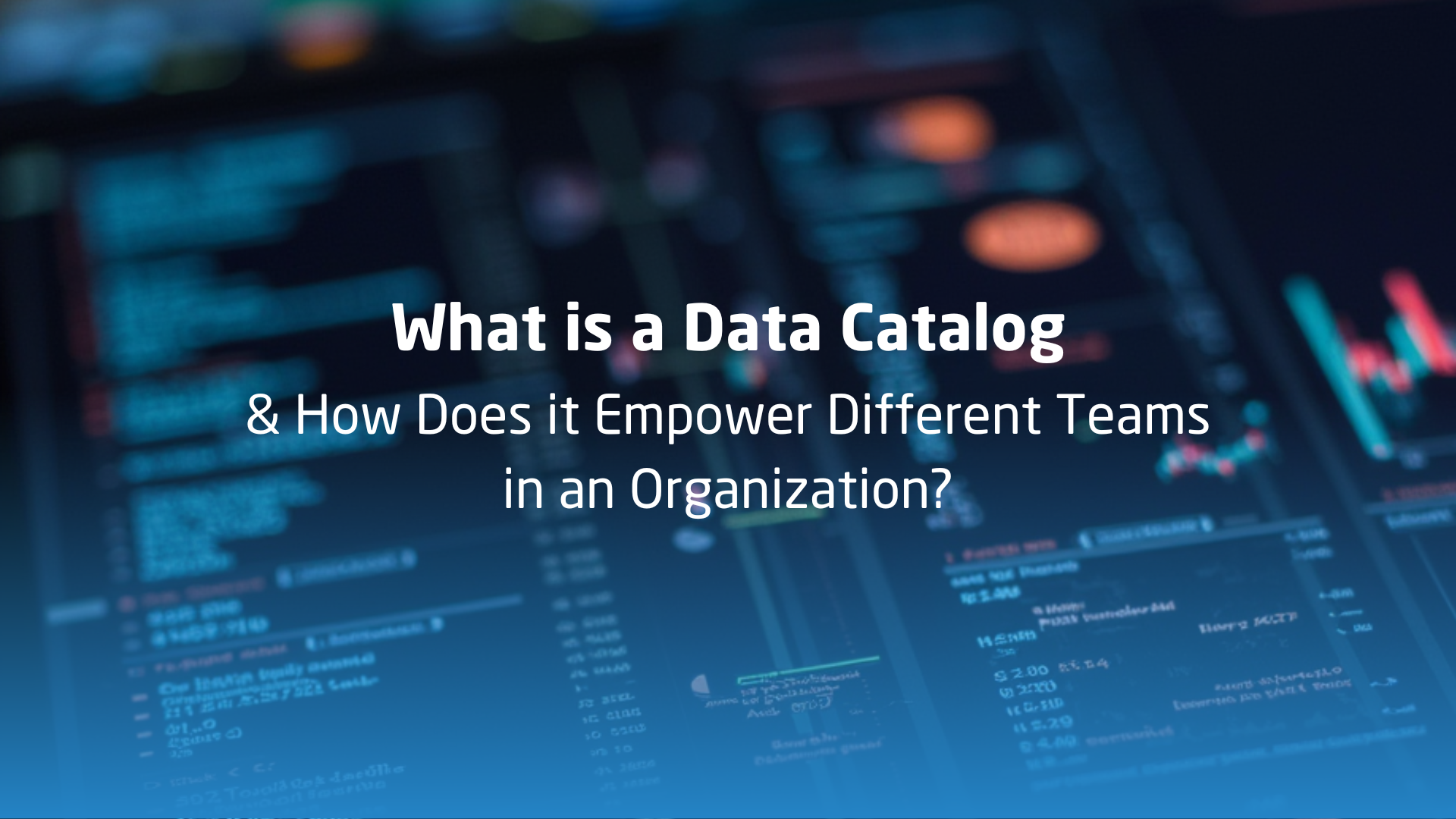














![[The AI Show Episode 143]: ChatGPT Revenue Surge, New AGI Timelines, Amazon’s AI Agent, Claude for Education, Model Context Protocol & LLMs Pass the Turing Test](https://www.marketingaiinstitute.com/hubfs/ep%20143%20cover.png)


















